
The 1-minute workout that’s up to 9x more powerful than your usual routine

What if I told you that much of the exercise advice you’ve been following for years is scientifically outdated? That you could achieve up to nine times the health benefits in a fraction of the time you currently spend exercising?
It sounds too good to be true — like one of those “miracle workout” headlines. But recent, large-scale research using state-of-the-art wearable technology has turned decades of exercise science on its head. These findings are reshaping how doctors, trainers, and public health experts think about fitness, longevity, and what it truly takes to stay healthy.
💡 Rethinking the Old Rules of Exercise
For years, the gold-standard recommendation has been simple:
-
150 minutes of moderate activity per week (like brisk walking), or
-
75 minutes of vigorous activity per week (like running or HIIT).
This advice is based on the idea that vigorous exercise is roughly twice as effective as moderate exercise. But here’s the catch — most of that early research was based on self-reported data, which is notoriously unreliable. People tend to overestimate their activity levels or misjudge intensity.
Now, thanks to the massive UK Biobank project, which tracks hundreds of thousands of participants wearing continuous activity monitors, we finally have objective data showing how different intensities of exercise truly affect health outcomes.
🚀 Vigorous Exercise: Up to Nine Times More Effective
The results are astonishing. Vigorous activity isn’t just “twice as good” as moderate activity — it’s four to nine times more powerful, depending on the health metric being measured.
Here’s what the data shows:
-
All-cause mortality: 1 minute of vigorous activity = 4.1 minutes of moderate activity.
-
Heart disease risk: 1 minute of vigorous activity = 7.8 minutes of moderate activity.
-
Type 2 diabetes prevention: 1 minute of vigorous activity = 9.4 minutes of moderate activity.
To put that into perspective, you’d need over 90 minutes of moderate activity to get the same diabetes protection as a 10-minute vigorous workout.
This research suggests that the “150-minute” rule might drastically underestimate what’s possible through intensity. In other words, it’s not about moving more—it’s about moving harder.
⚡ The Rise of VILPA: “Exercise Snacks” That Transform Your Health
Here’s where the science gets even more exciting. Researchers examined people who did no traditional exercise at all — no gym, no sports, no daily jogs. Using accelerometer data, they discovered that even these so-called “non-exercisers” were sometimes doing short bursts of intense activity in their everyday lives.
This led to the discovery of Vigorous Intermittent Lifestyle Physical Activity (VILPA) — or what Dr. Stanfield calls “exercise snacks.”
Examples include:
-
Running up the stairs.
-
Power walking to catch a bus.
-
Carrying heavy grocery bags in one trip.
-
Playing an energetic game with your kids or pets.
-
Shoveling snow or raking leaves vigorously.
These micro-workouts typically last one to two minutes — yet their impact is huge.
Researchers found that people who did just three bouts of VILPA per day (around six minutes total) saw:
-
A 38–40% lower risk of all-cause and cancer-related death.
-
A 48–49% lower risk of dying from heart disease.
Even those who only managed 3–4 minutes of total vigorous movement daily reduced mortality risk by roughly 25%.
That’s an extraordinary result for less time than it takes to brew a cup of coffee.
📉 The “More Is Better” Myth: Why Small Changes Matter Most
One of the most empowering insights from this new wave of research is the dose-response curve of exercise benefits. The relationship between effort and reward isn’t linear — it’s exponential at the start and levels off as you add more.
In simple terms:
-
Going from zero to a little activity gives you the biggest health gain.
-
Going from some to more still helps, but the extra benefit gradually diminishes.
That means the first few “exercise snacks” you add into your day deliver the most dramatic improvement to your health metrics — heart health, blood sugar, longevity, and more.
This finding is both humbling and motivating. You don’t need to become an athlete to transform your health — you just need to stop being completely sedentary.
🧠 Why Vigorous Movement Works So Well
Scientists believe the reason vigorous exercise packs such a punch is because it triggers powerful cellular and hormonal responses:
-
It improves mitochondrial function, boosting the body’s energy efficiency.
-
It increases insulin sensitivity, lowering blood sugar levels.
-
It enhances cardiorespiratory fitness, one of the strongest predictors of long-term survival.
-
It stimulates the release of myokines — molecules from muscle that improve brain health, reduce inflammation, and even help regulate mood.
Essentially, short bursts of intensity act like a biological reset button, helping the body adapt and grow stronger in ways that slow aging and reduce disease risk.
🕐 Your New Exercise Blueprint
So, how can you apply these findings in real life? Let’s look at two common types of people:
🧩 1. The “Simon” Type – Busy and Time-Starved
If you have a demanding schedule and can’t commit to long workouts, your goal should be to stack short bursts of effort throughout your day.
Try this:
-
Stair Power: Climb stairs briskly for 60–90 seconds.
-
Push-Up Break: Do a quick set of 10–15 push-ups or squats between meetings.
-
Carry with Intention: Lift something heavy once instead of multiple lighter trips.
-
Parking Lot Dash: Park farther away and walk or jog to the entrance.
These little efforts add up fast — and each one gives your metabolism a measurable boost. Think of them as “health investments” that compound over time.
🧠 2. The “Henry” Type – Motivated and Consistent
If you already exercise regularly, intensity should still be your north star. A great framework includes:
-
2 vigorous/HIIT sessions per week (such as sprint intervals or circuit training).
-
Several hours of Zone 2 cardio — a brisk but conversational pace (walking, cycling, swimming).
-
Resistance training two to three times a week to build strength and protect muscle mass.
Zone 2 workouts support endurance and fat metabolism, while HIIT boosts power and insulin sensitivity. Together, they create a powerful synergy for lifelong fitness.
🩺 The Big Picture: Intensity Over Perfection
The science is clear: intensity trumps duration. Even brief, vigorous bursts of movement can dramatically improve your health — no gym membership required.
You don’t need hours; you just need intentional minutes. That’s a liberating message in a world where time is our most limited resource.
If you take only one thing from this new research, let it be this:
The biggest transformation comes not from running marathons, but from breaking your sedentary streak with short, intense bursts of effort every day.
So the next time you’re about to take the elevator, don’t. Sprint up the stairs instead. Play harder with your kids. Carry that heavy bag with purpose. Each “exercise snack” might be only a minute long — but those minutes add up to years of better health.
Final Thoughts
The exercise landscape has changed forever.
The next frontier of fitness isn’t about tracking steps — it’s about embracing intensity, efficiency, and adaptability.
Vigorous activity is the king of longevity, and VILPA is your shortcut to the throne.
Start small. Start today. And let your future self thank you for those extra years of energy, strength, and life.
News in the same category


Found this weird skin on my son's ear this morning. Doc appt is a week away. What can I do?
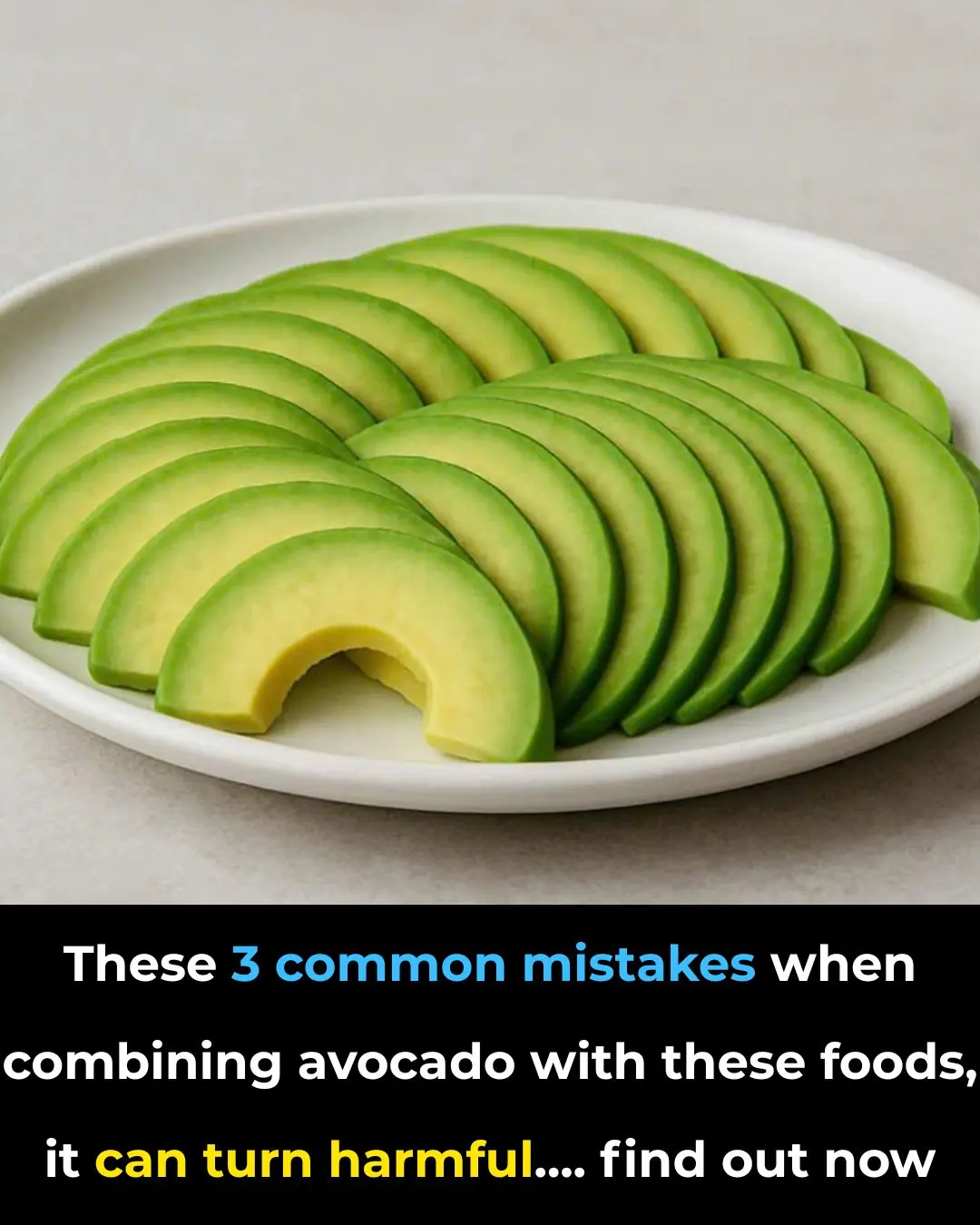
3 Common Mistakes People Make When Eating Avocados

Acid reflux natural remedy that works in minutes

Warning Signs You Should Never Ignore on Your Skin

Nine Year Study Finally Explains The Relationship Between Sugar And Cancer
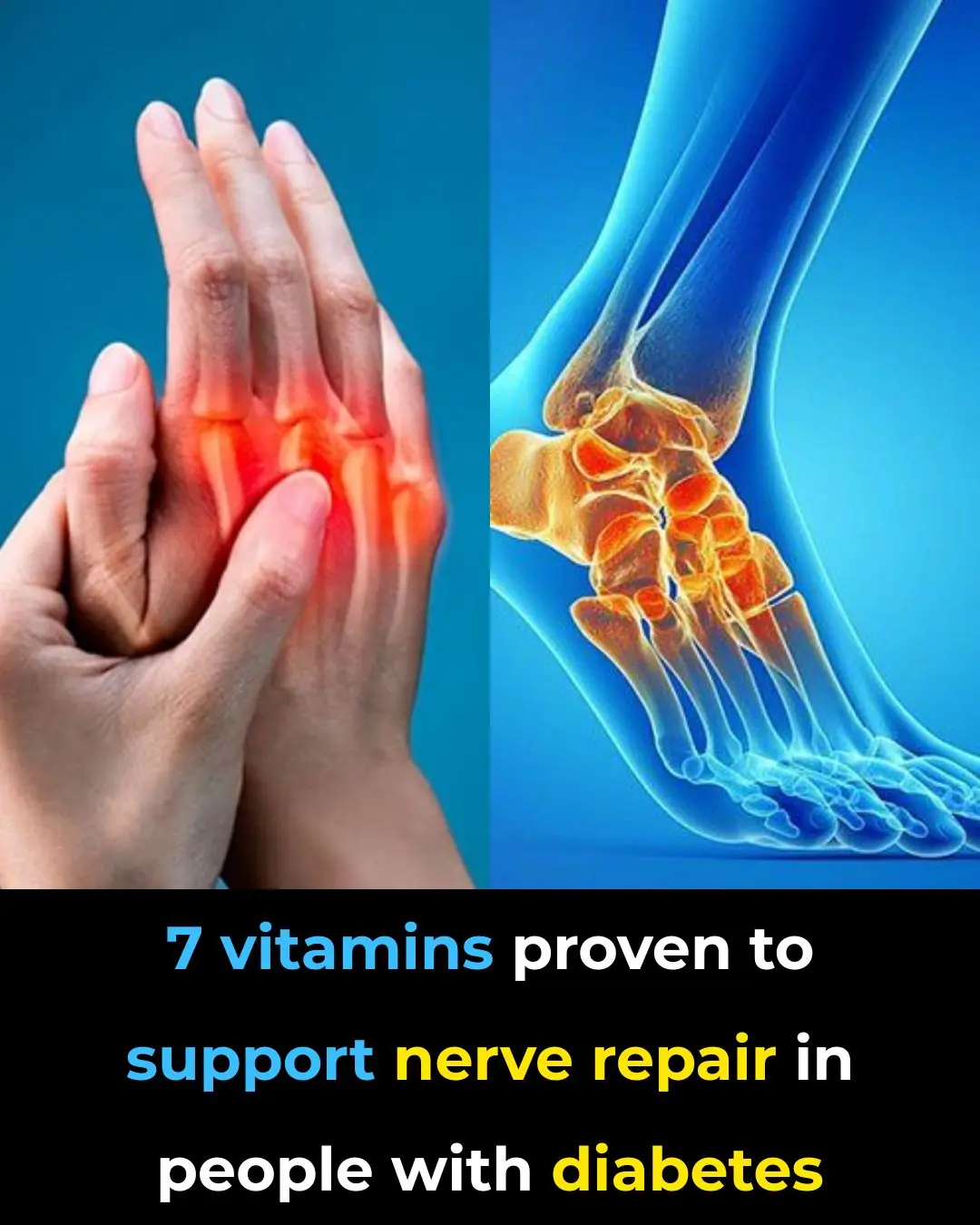
7 essential vitamins every diabetic needs for nerve health

🧠 A Neurosurgeon Says Your Legs Could Predict Dementia Years Before Memory Loss

7 Best Foods to Rebuild Your Muscle Strength After 50

The B Vitamin Solution: How to Lower Blood Pressure When Medications Fail
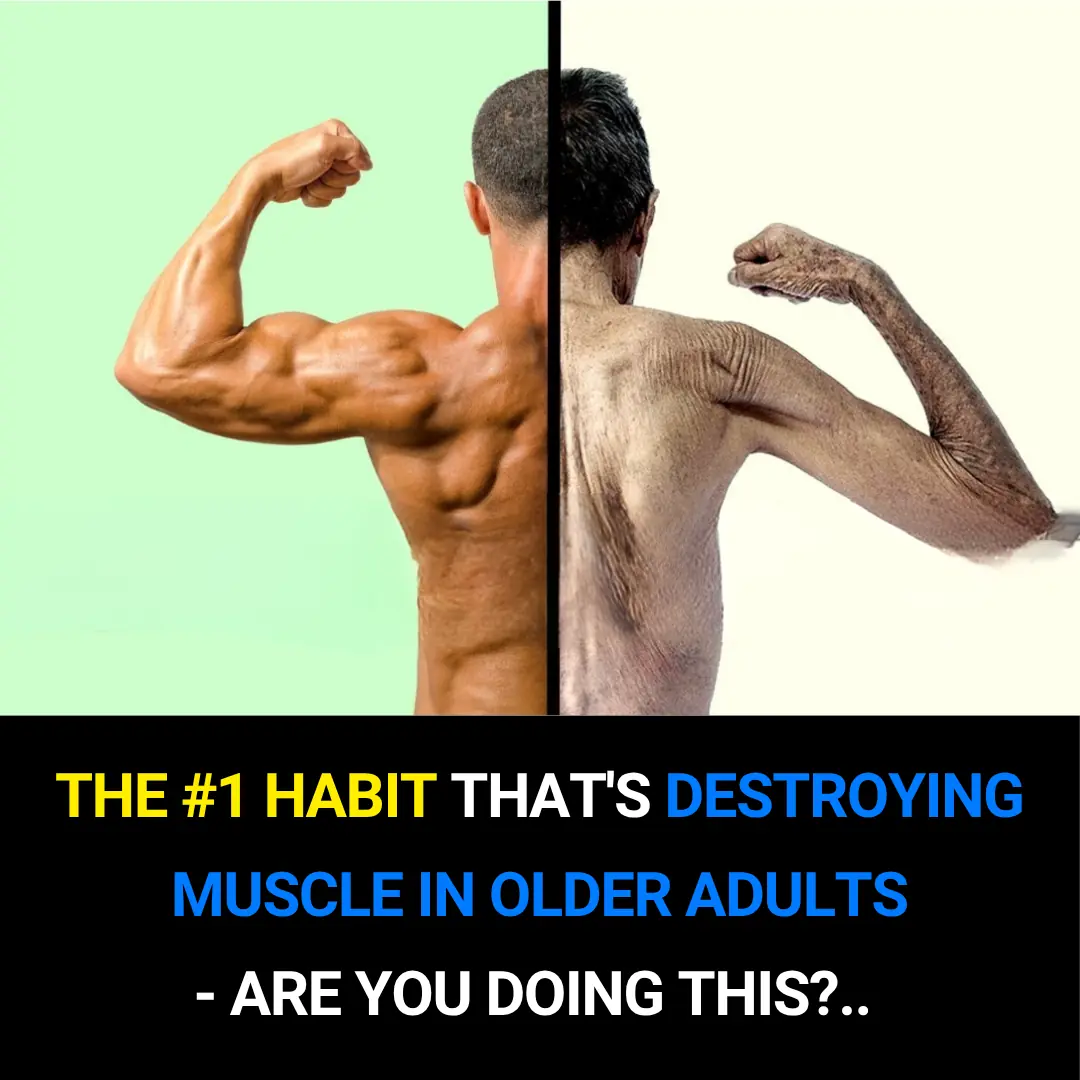
The #1 Habit That’s Quietly Destroying Muscle in Older Adults — Are You Guilty of This?

9 Hidden Causes of Bloating (And the Science-Backed Fixes)

5 Common Habits That Are Secretly Harming Your Heart You Probably Didn’t Know

Eat cloves every day, but avoid this common mistake!
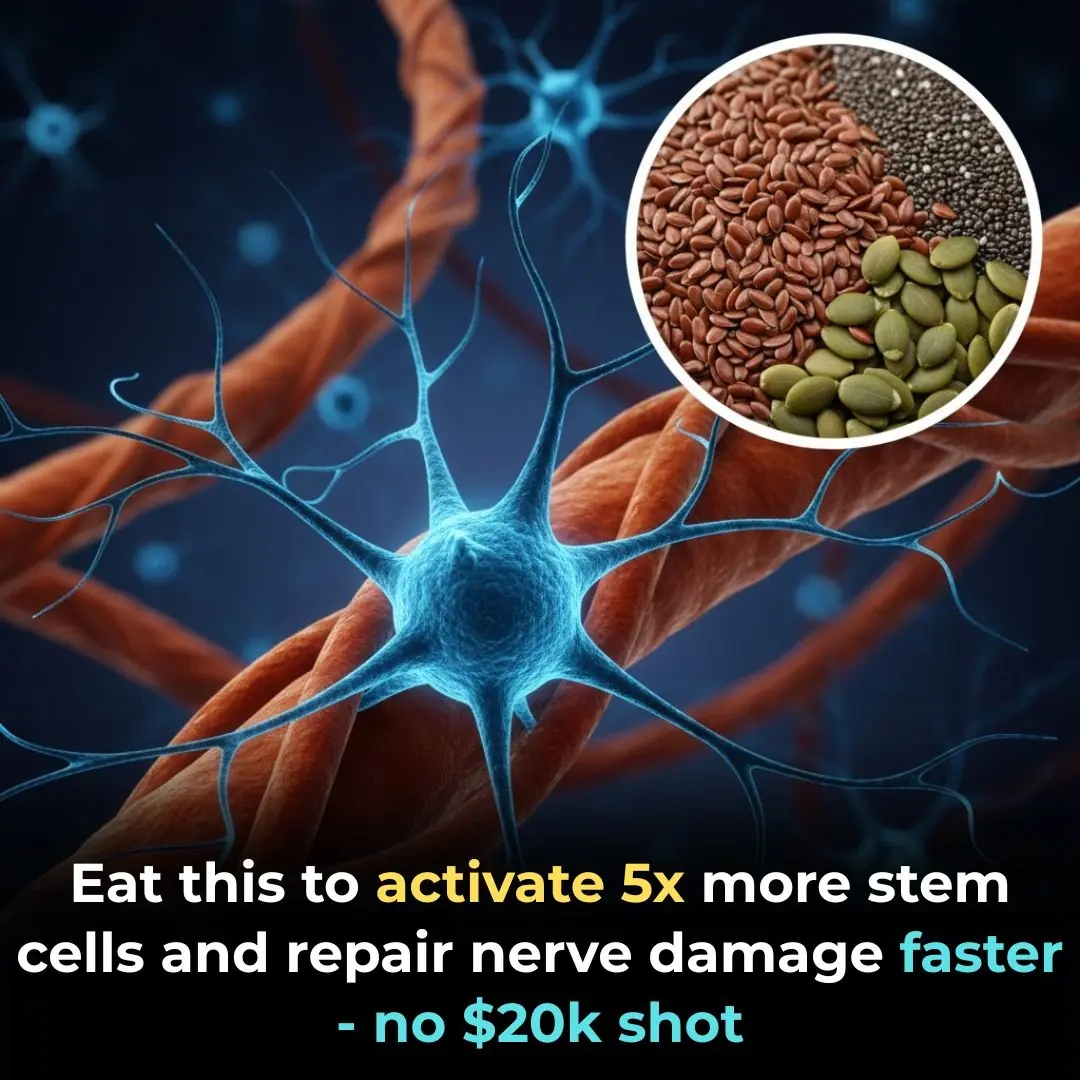
Eat this to activate 5x more stem cells and repair nerve damage faster — no $20k shot
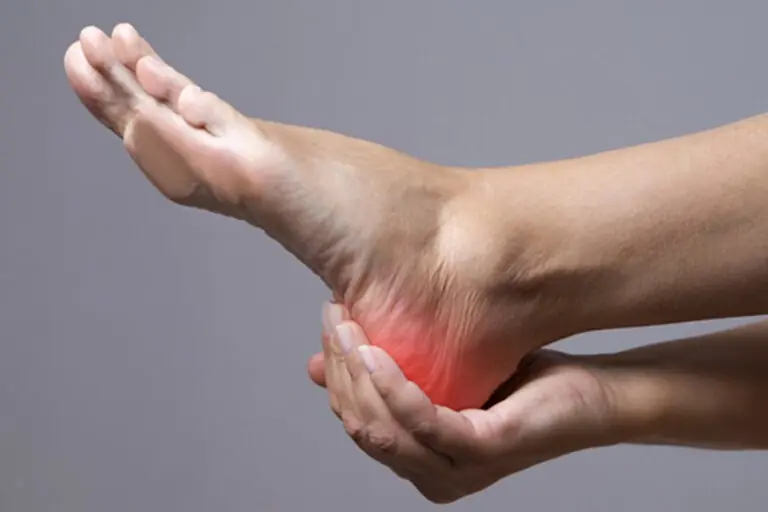
YOUR FEET ARE A 'BLOOD SUGAR METER' BEWARE OF DIABETES IF YOU FREQUENTLY EXPERIENCE THESE 12 SYMPTOMS

The Hidden Consequences of a S*xless Life

Keeping these 4 things on your bedside table can easily cause insomnia and hair loss
News Post
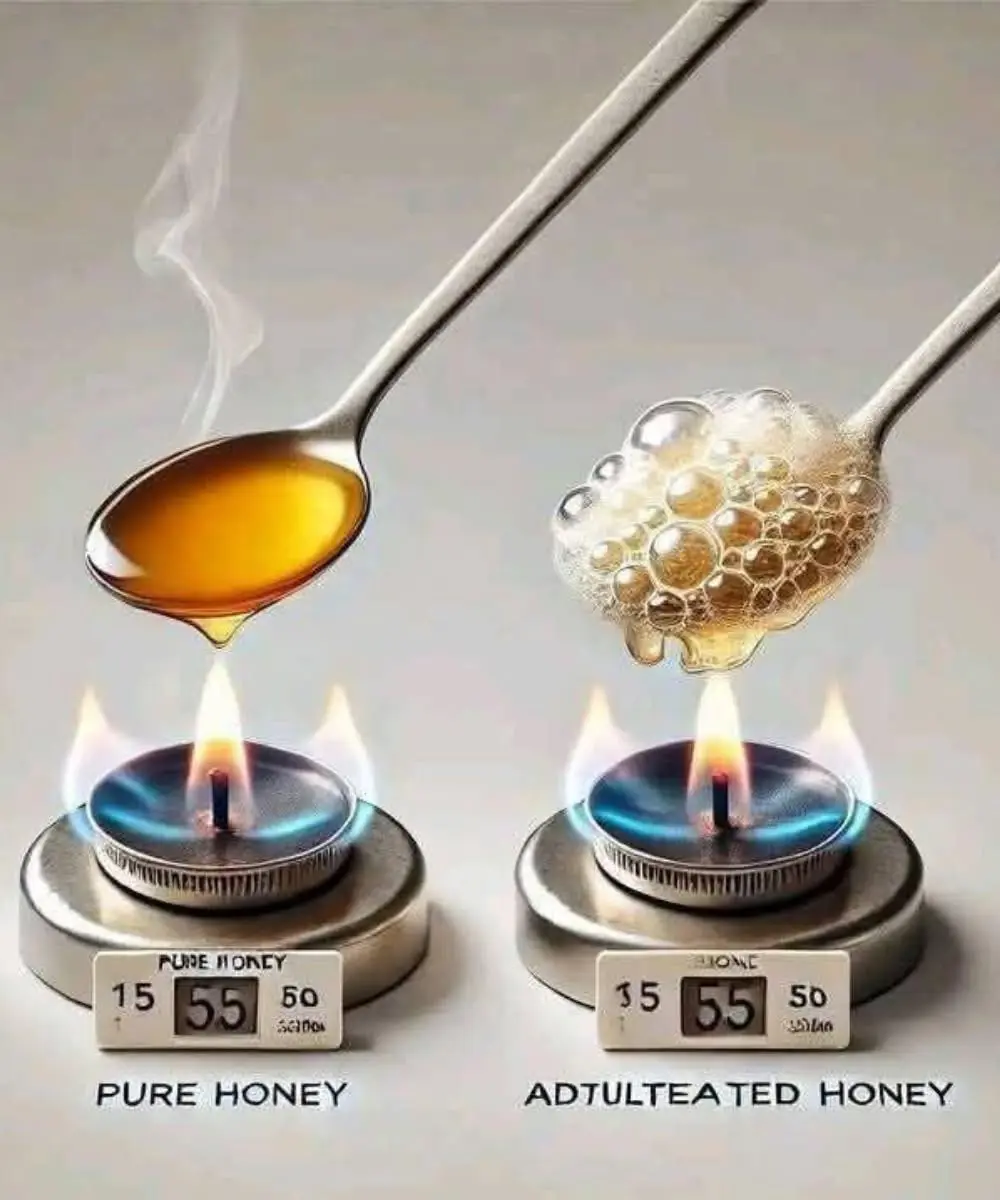
Pure vs. Adulterated Honey: How to Differentiate Real Honey from Fake with a Simple Water Test

I had no idea this was a thing

Guardians of the Gentle Giants.

Add white vinegar to dishwashing water: Simple cleaning tips that will never be too expensive

Lady places cup of vinegar into microwave. Here’s the genius reason why

To the Little Boy at the Science Museum.

Works like a charm

A Mother’s Final Wish.

My nana taught me this hack to make dusty blinds sparkle in 2 mins with 0 work. Here’s how it works

Came back from camping and got some red, itchy skin. Doctor isn't available for another week. What should I do?

The Day John Steinbeck Flew with the Angels.

This is the first time I'm hearing about this
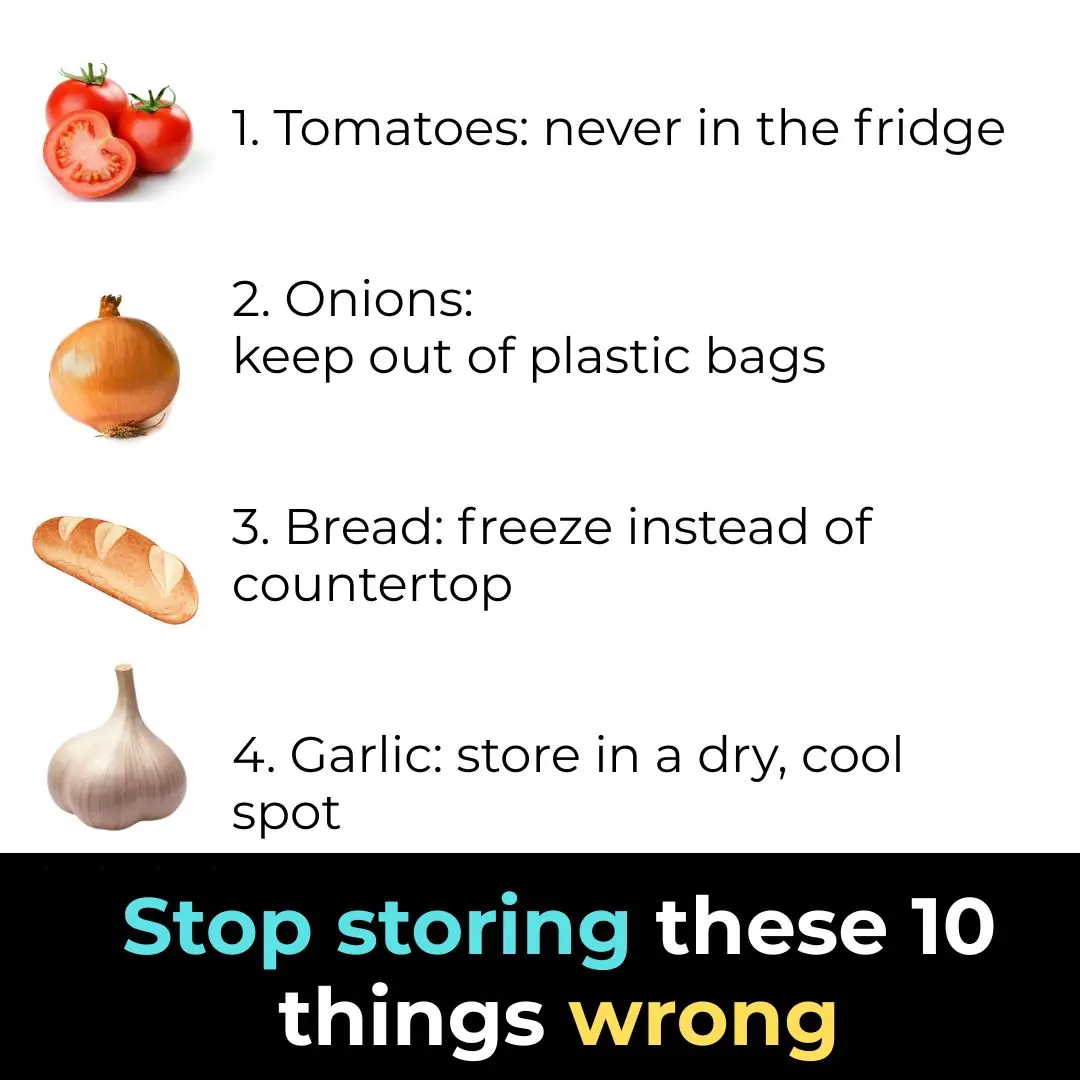
Stop storing these 10 things wrong
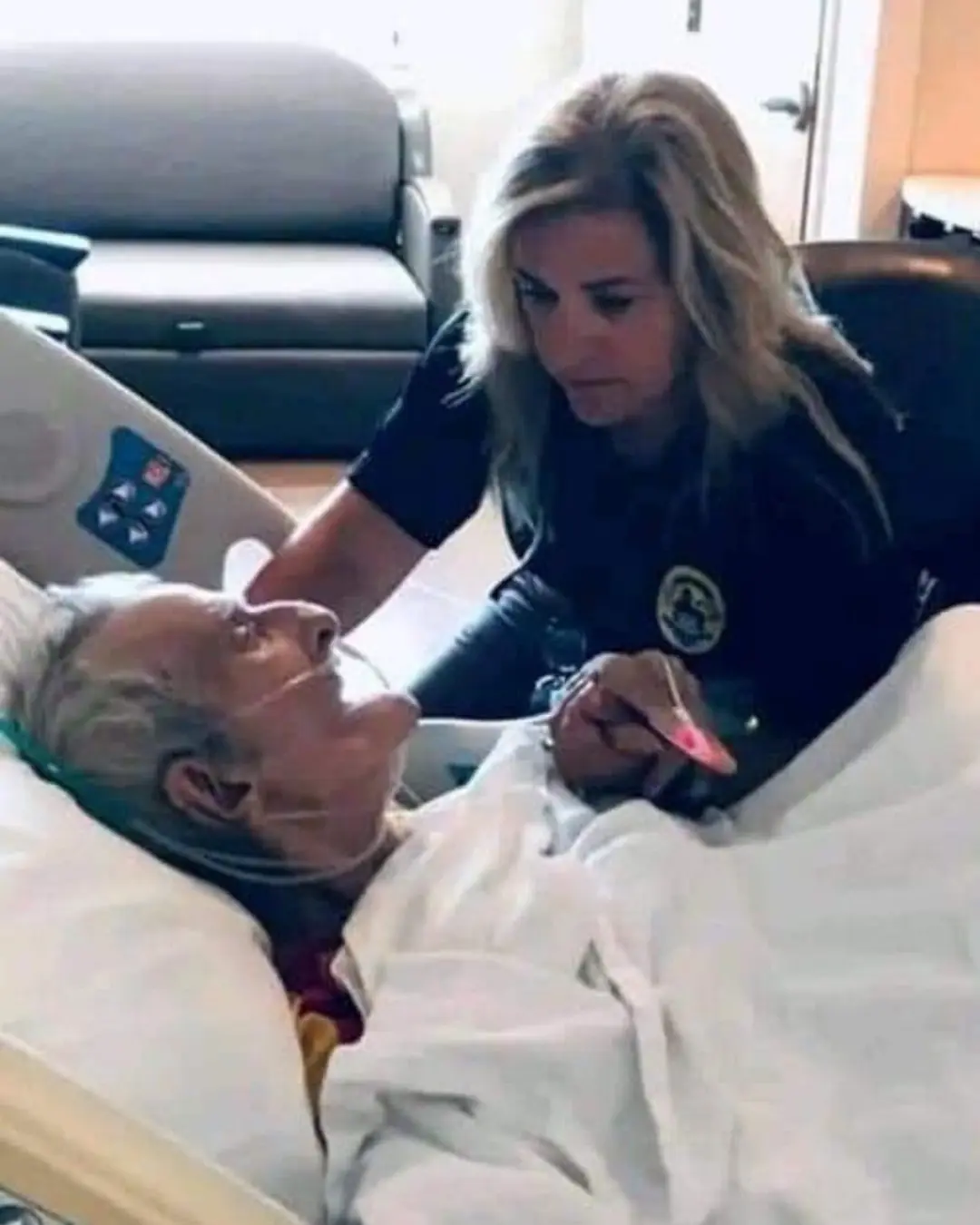
The Officer Who Became His Family.

Just tried to stop my daughter from doing this

Twelve Hours in the Pit — and a Mother’s Love That Never Gave Up.

The Day Everything Changed.

Here’s The History Behind The AME Church, The First Independent Black Denomination In The U.S.

Found this weird skin on my son's ear this morning. Doc appt is a week away. What can I do?
